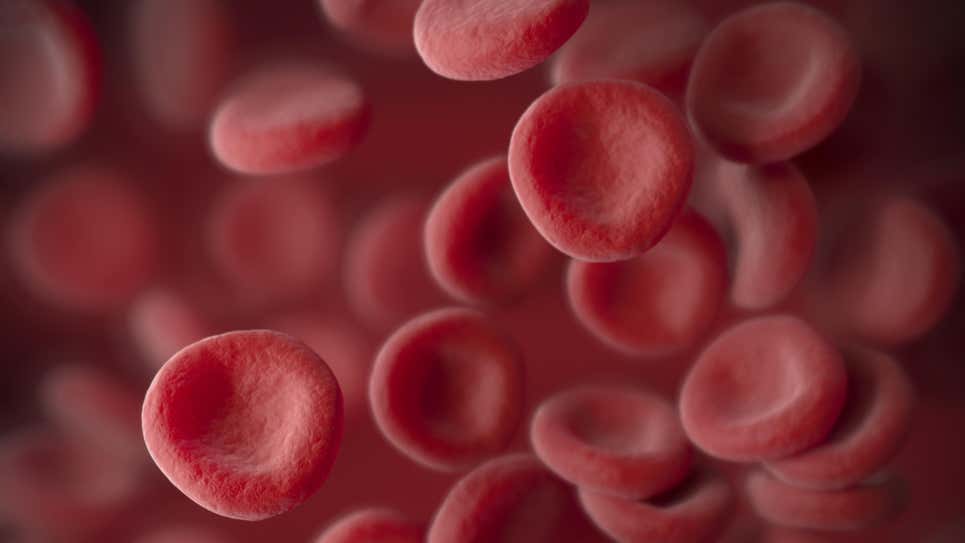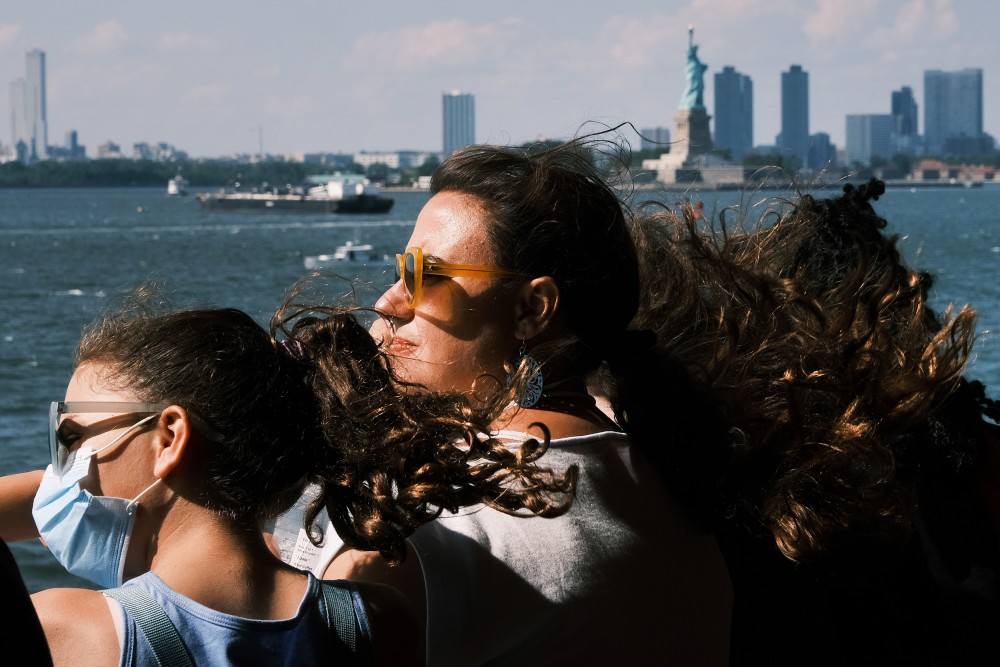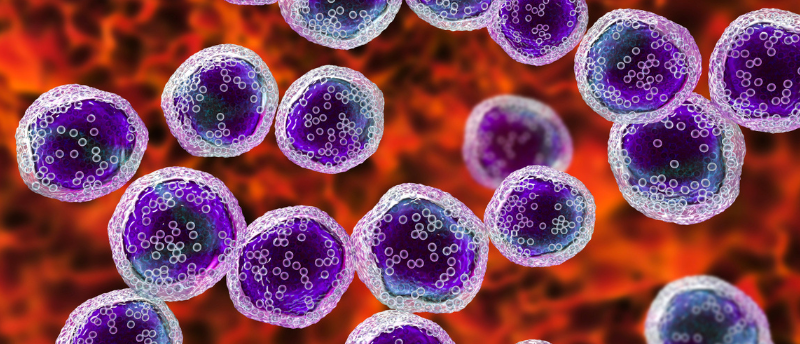By Nicole Wagner – ISS National Laboratory =
Research that leverages space to develop treatments for blindness, cancer, and Parkison’s disease is jeopardized by the $6.1 billion NASA budget cuts recently announced for 2026 by President Trump. The cuts to the International Space Station (ISSInternational Space Station), forecasted to be $508 million, halt space research and development momentum, discourage investors, impede growth of the space manufacturing economy and supply chains, threaten the loss of specialized space talent and expertise and jeopardize the United States’ leadership position in space-based life science research. These cuts and their consequences are contrary to the administration’s stated commitment to support American medical and pharmaceutical research along with advanced manufacturing, and they ought to be reversed.
Medical research in low Earth orbit(Abbreviation: LEO) The orbit around the Earth that extends up to an altitude of 2,000 km (1,200 miles) from Earth’s surface. The International Space Station’s orbit is in LEO, at an altitude of approximately 250 miles. (LEO) is not science fiction — for over 20 years, the ISS has been growing a life science research pipeline to benefit people on Earth. The ISS research and advanced manufacturing to support it have contributed to more than 400 peer-reviewed journal articles and helped support Merck’s Keytruda research to benefit cancer patients, showcasing the advantages of crystallizing valuable protein-based medicines in microgravityThe condition of perceived weightlessness created when an object is in free fall, for example when an object is in orbital motion. Microgravity alters many observable phenomena within the physical and life sciences, allowing scientists to study things in ways not possible on Earth. The International Space Station provides access to a persistent microgravity environment.. The unique environment created by the lack of gravity in LEO allows for research and production that is impossible on Earth.




